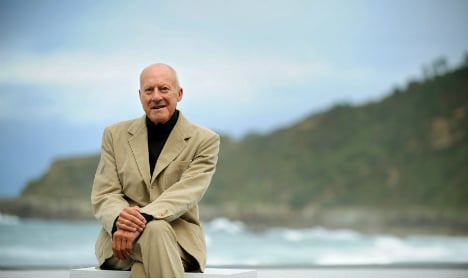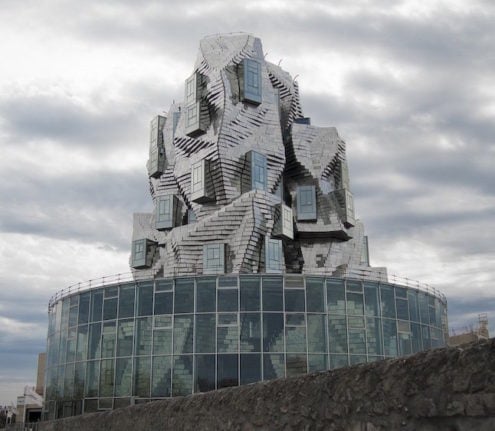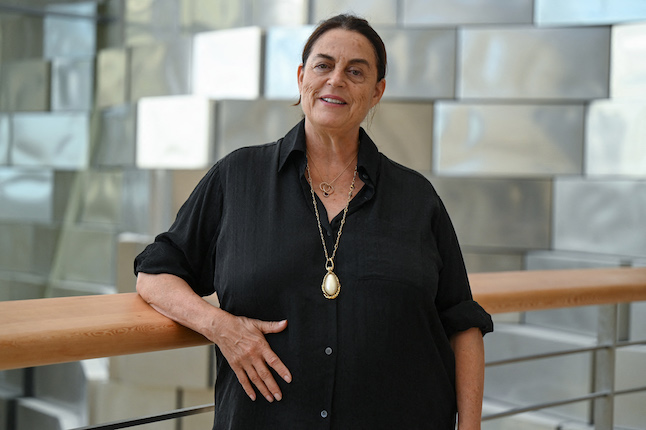Foster in a joint project with Spain's Carlos Rubio will refurbish the Hall of Realms, not far from the main museum in the centre of the Spanish capital.
The project is estimated to cost around €30 million ($32 million).
In a statement, the museum said Foster and Rubio's proposal “respects and values what is already there, adjusting it to the necessities of our times.”
The Hall of Realms is one of the only remaining buildings from the Buen Retiro Palace, commissioned by Spain's King Felipe IV as a second residence,  and pre-dates the Prado Museum itself which opened in 1819.
and pre-dates the Prado Museum itself which opened in 1819.
Once Spain's Army Museum, the Prado acquired the building last year with the aim of increasing its exhibition space.
Foster and Rubio's firms plan to open up the southern facade, creating a giant atrium that will give the impression that the building is semi-open, while keeping its original balconies.
“A new roof will harvest energy from integrated solar cells, give natural light to the galleries below and cantilever as a shade to protect the southern facade,” Foster and Partners said in a statement.
Foster, who led the bidding team, said he was “honoured” to “contribute to this next phase of the expansion of the Prado.”
The 81-year-old architect has worked all around the world.
His firm built London's Millennium Bridge, a winery on France's premium Chateau Margaux estate, airports in Panama, Jordan and Hong Kong, and remodelled the Camp Niu stadium, home to Spain's DC Barcelona football club.
Rubio Architectural, meanwhile, was founded in 2014 by Carlos Rubio and is working on projects mainly in Spain, but also in Russia and Saudi Arabia.




 Please whitelist us to continue reading.
Please whitelist us to continue reading.
Member comments